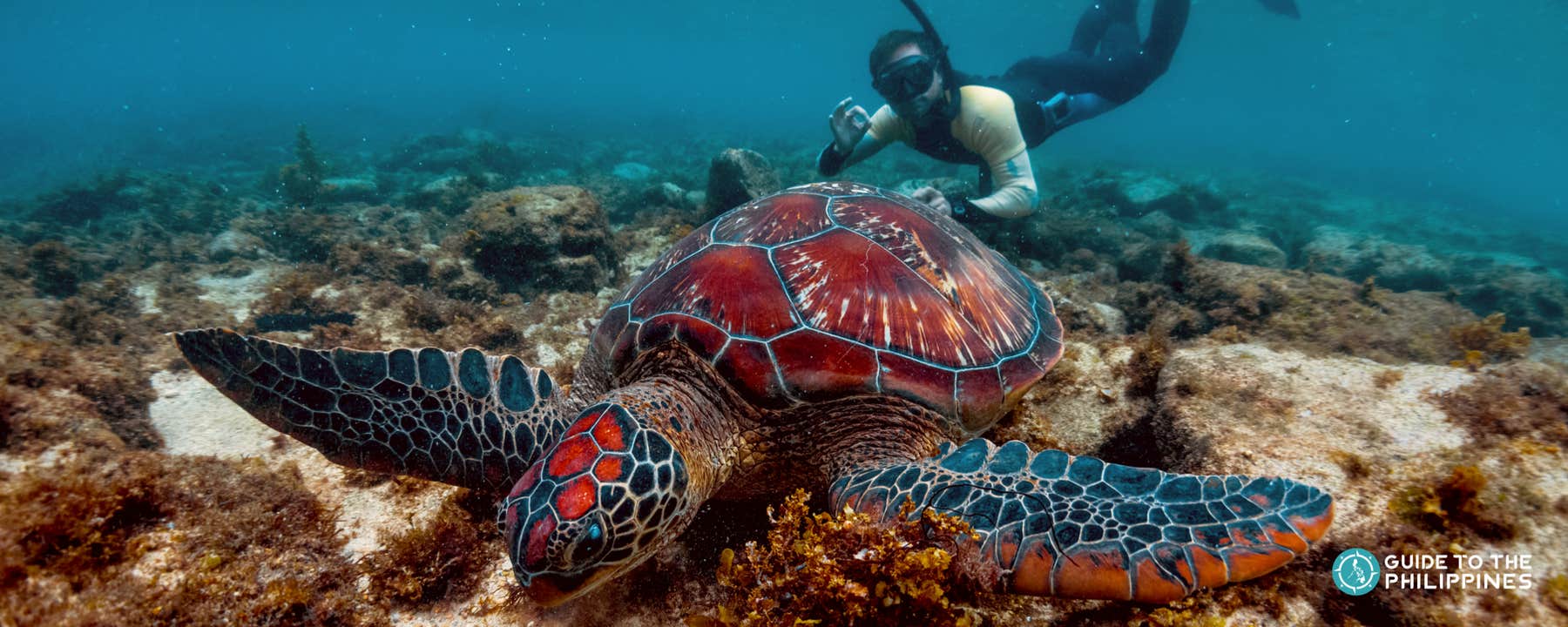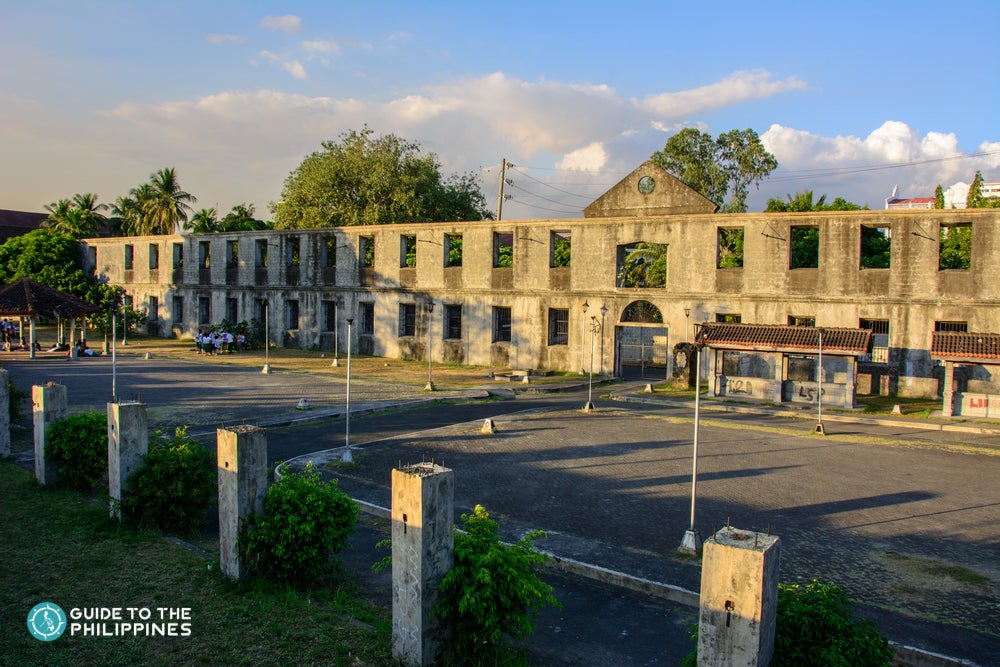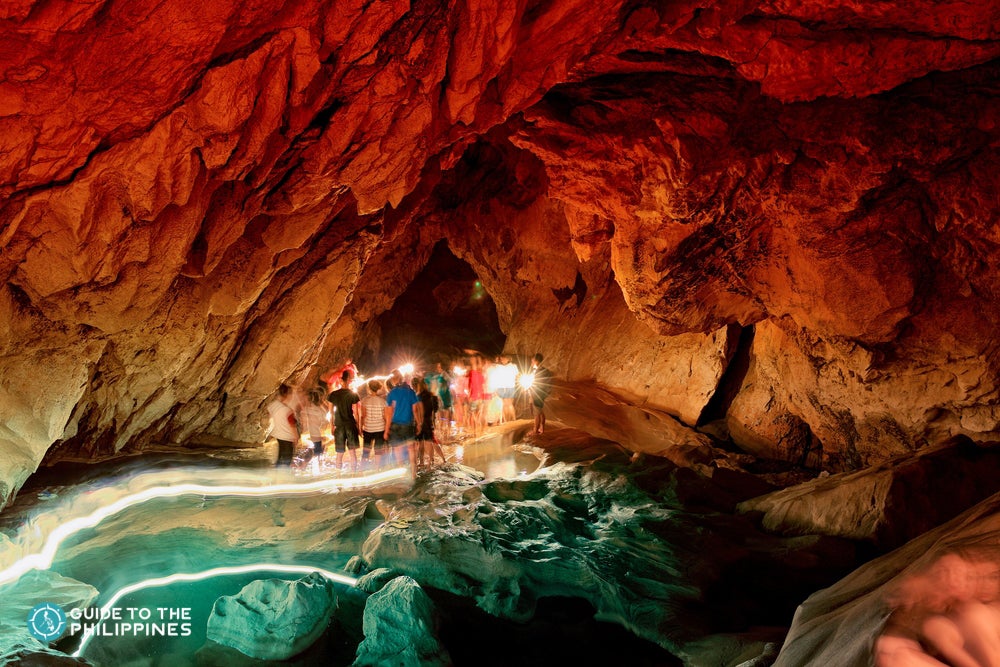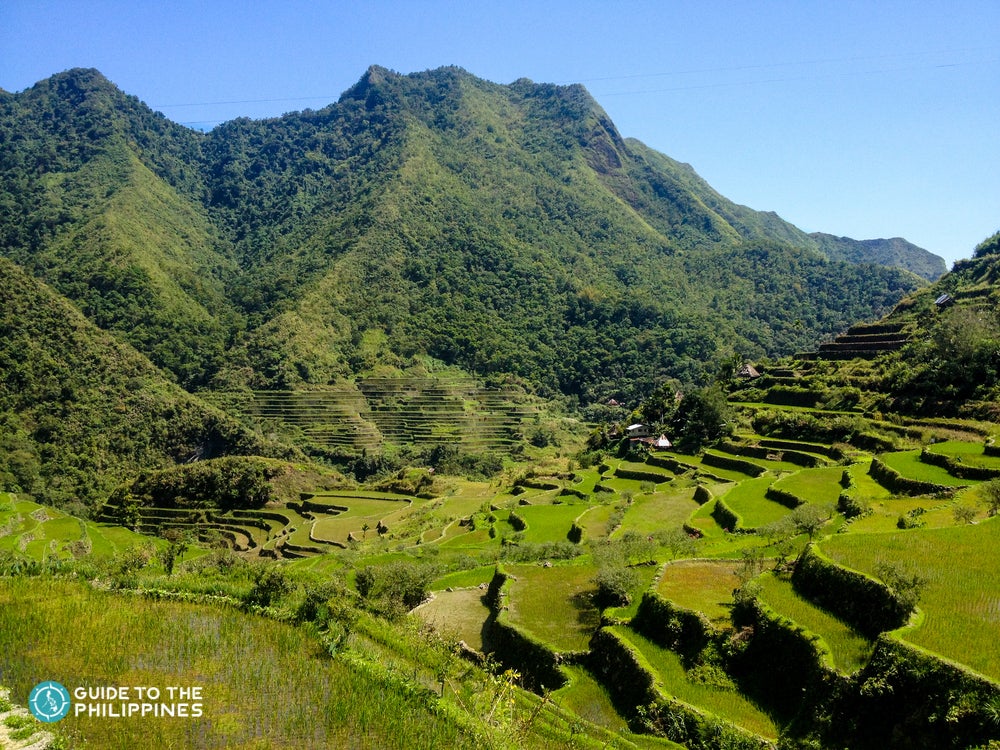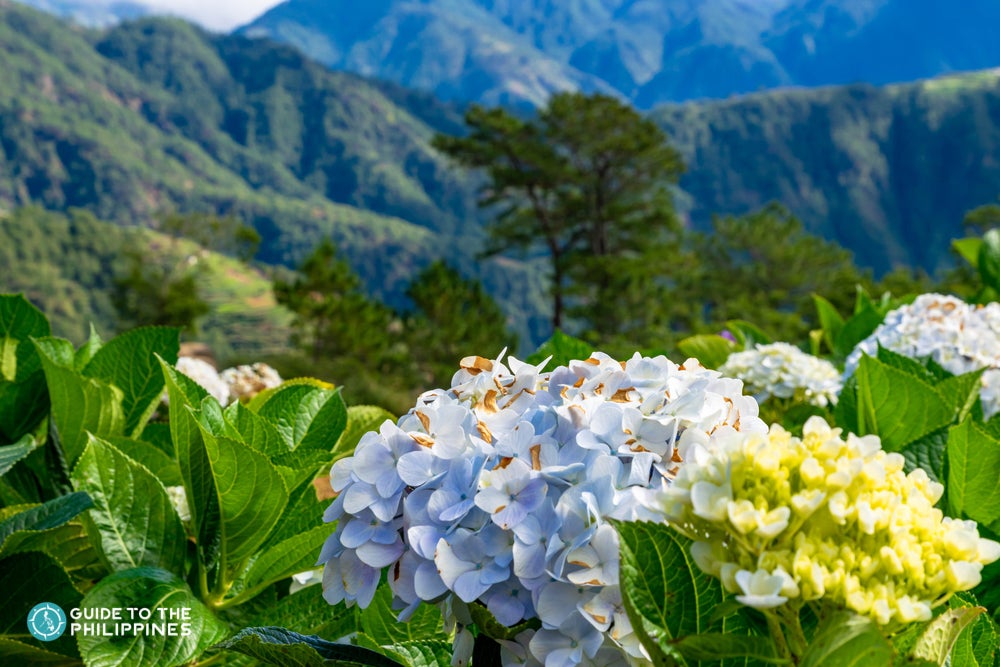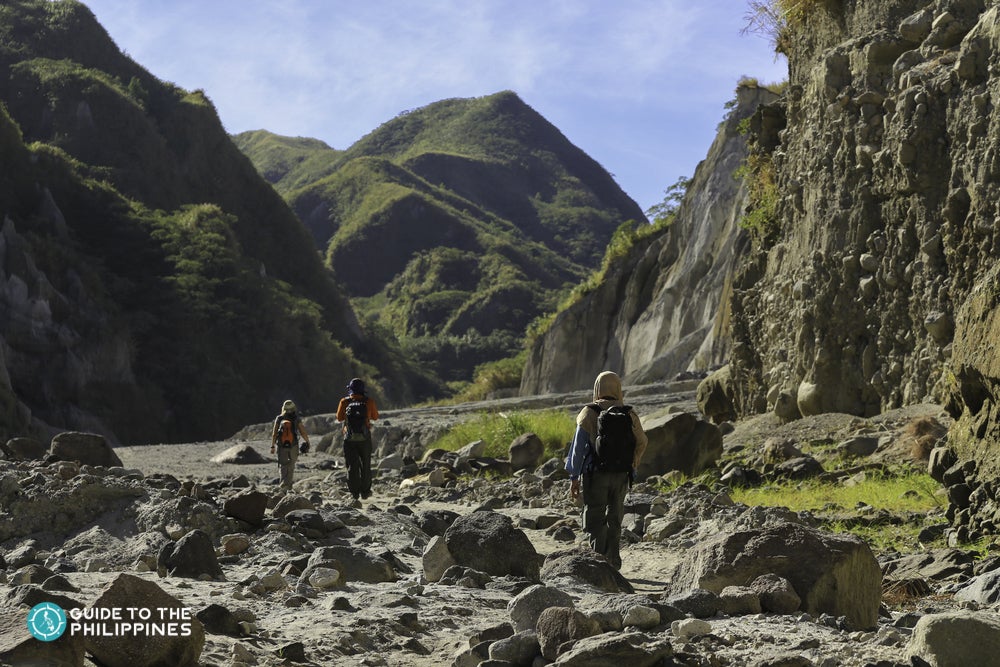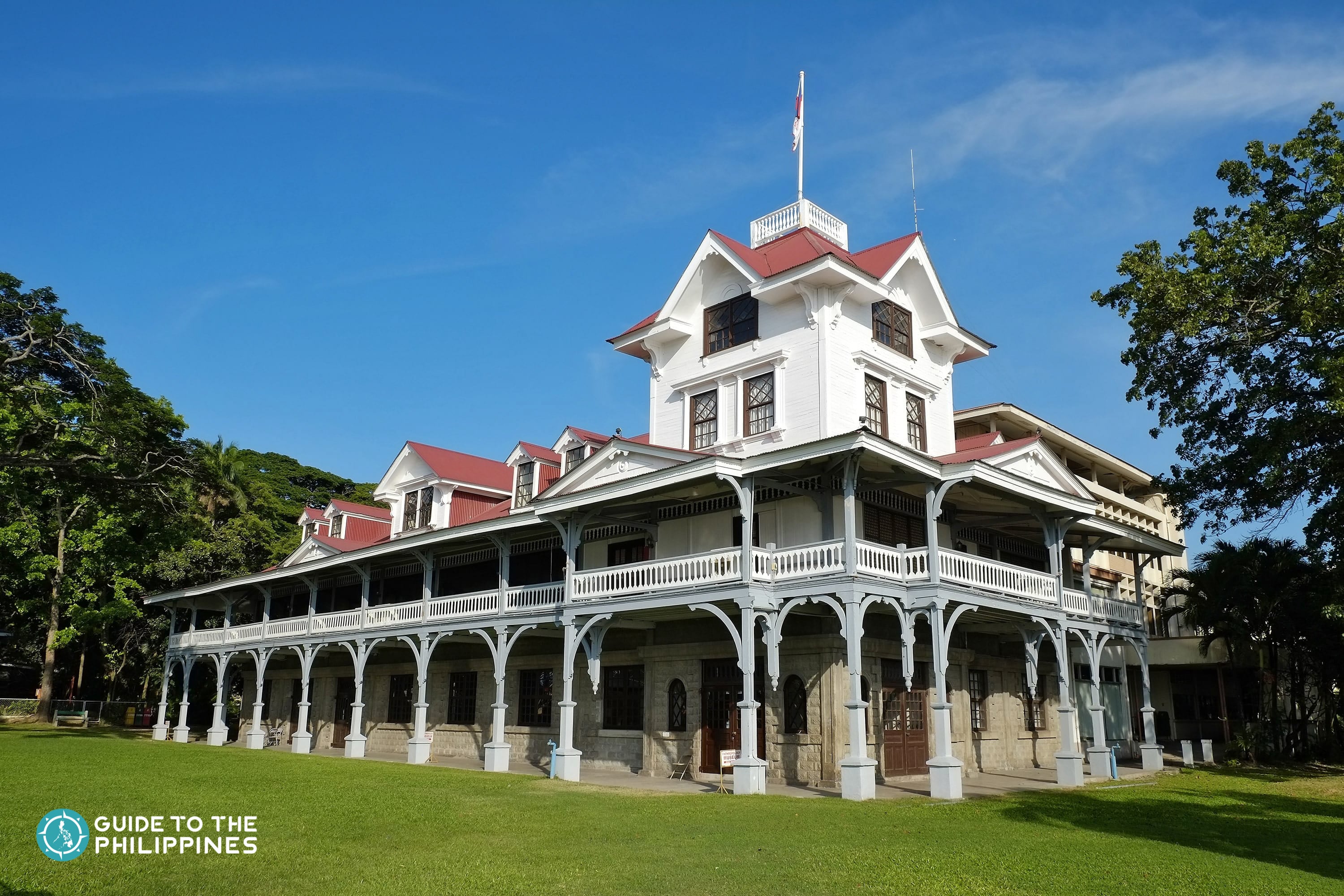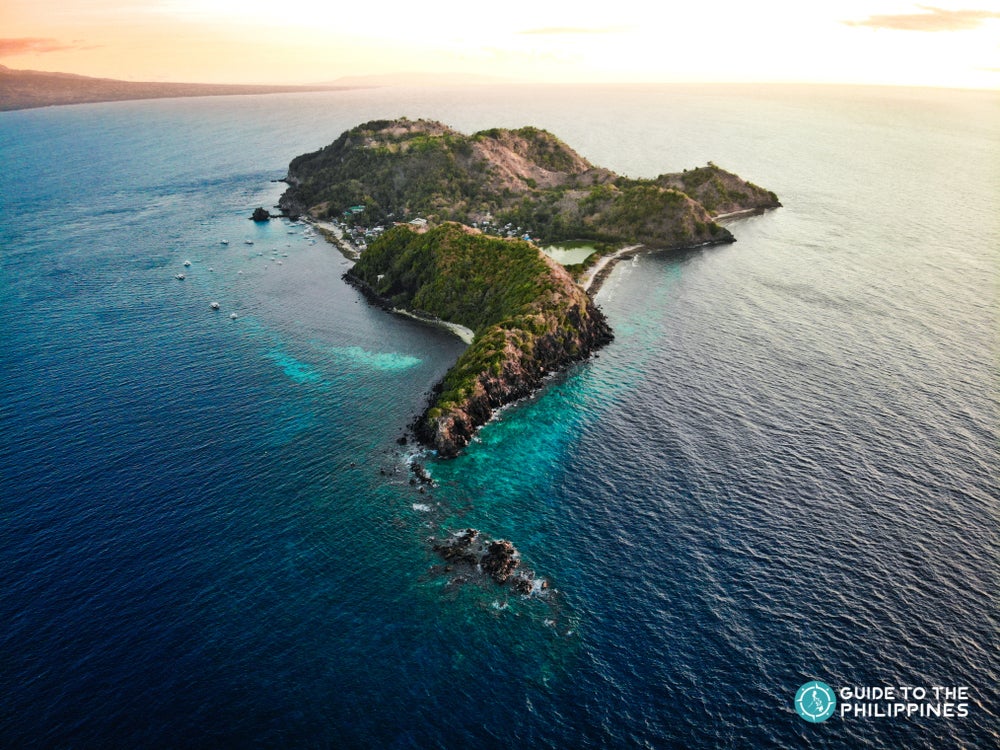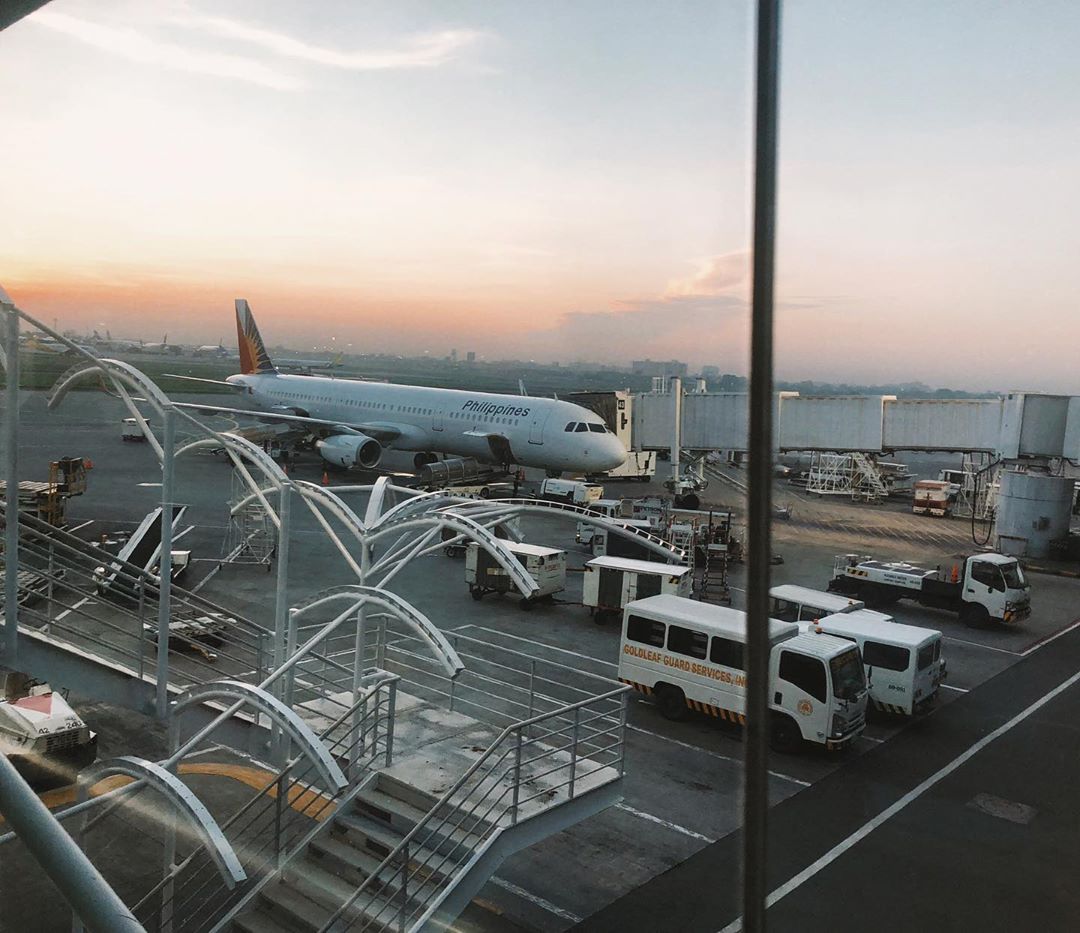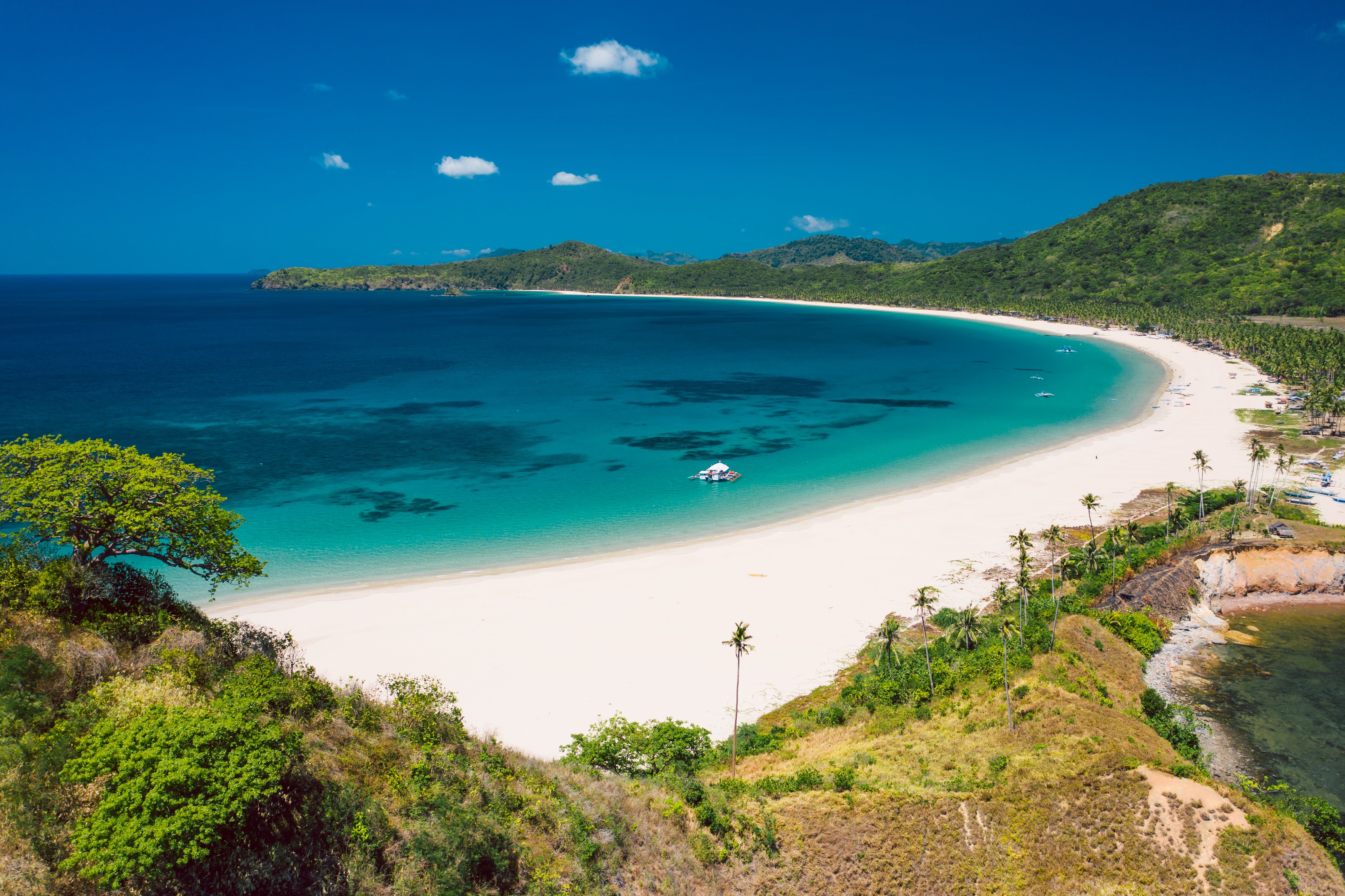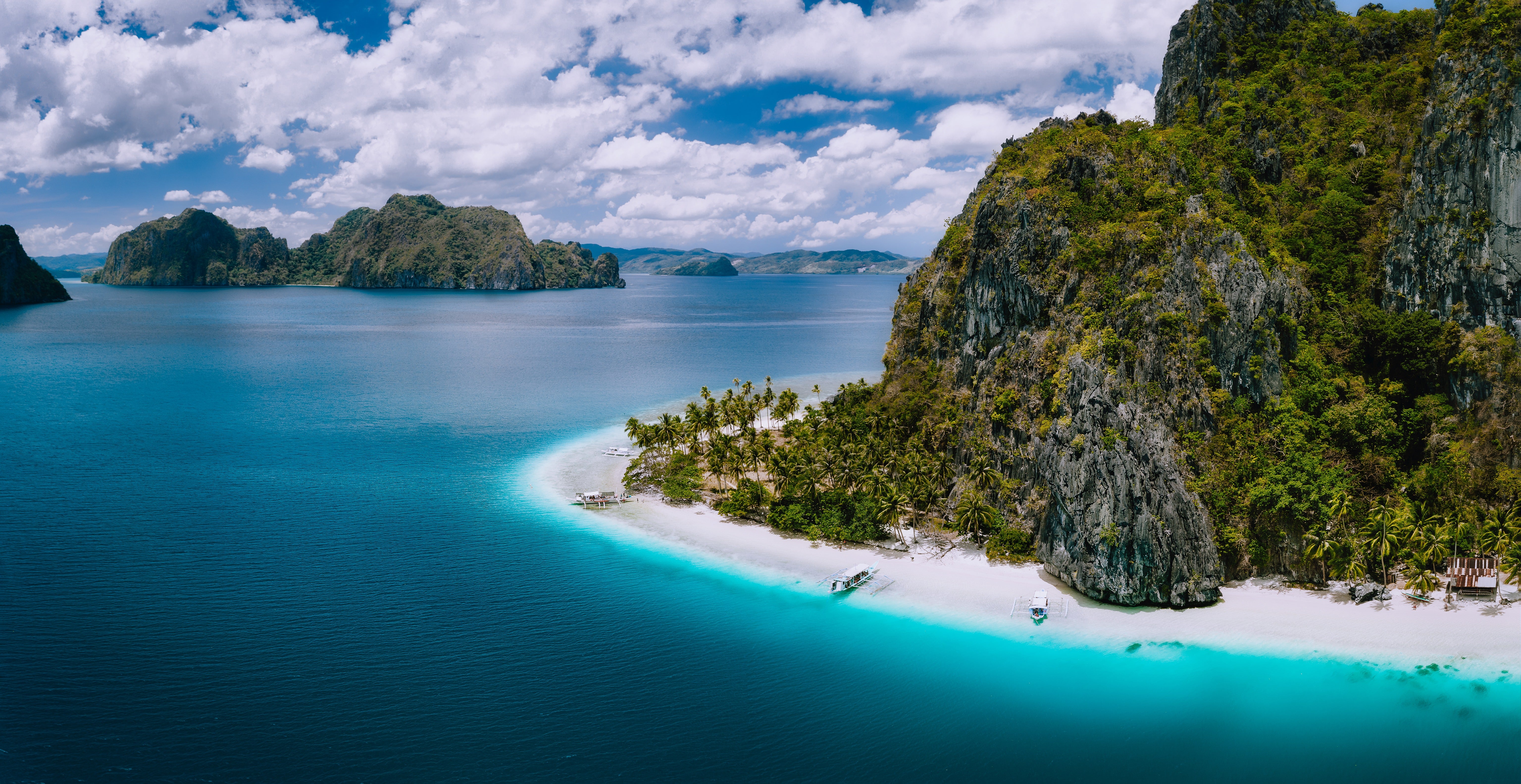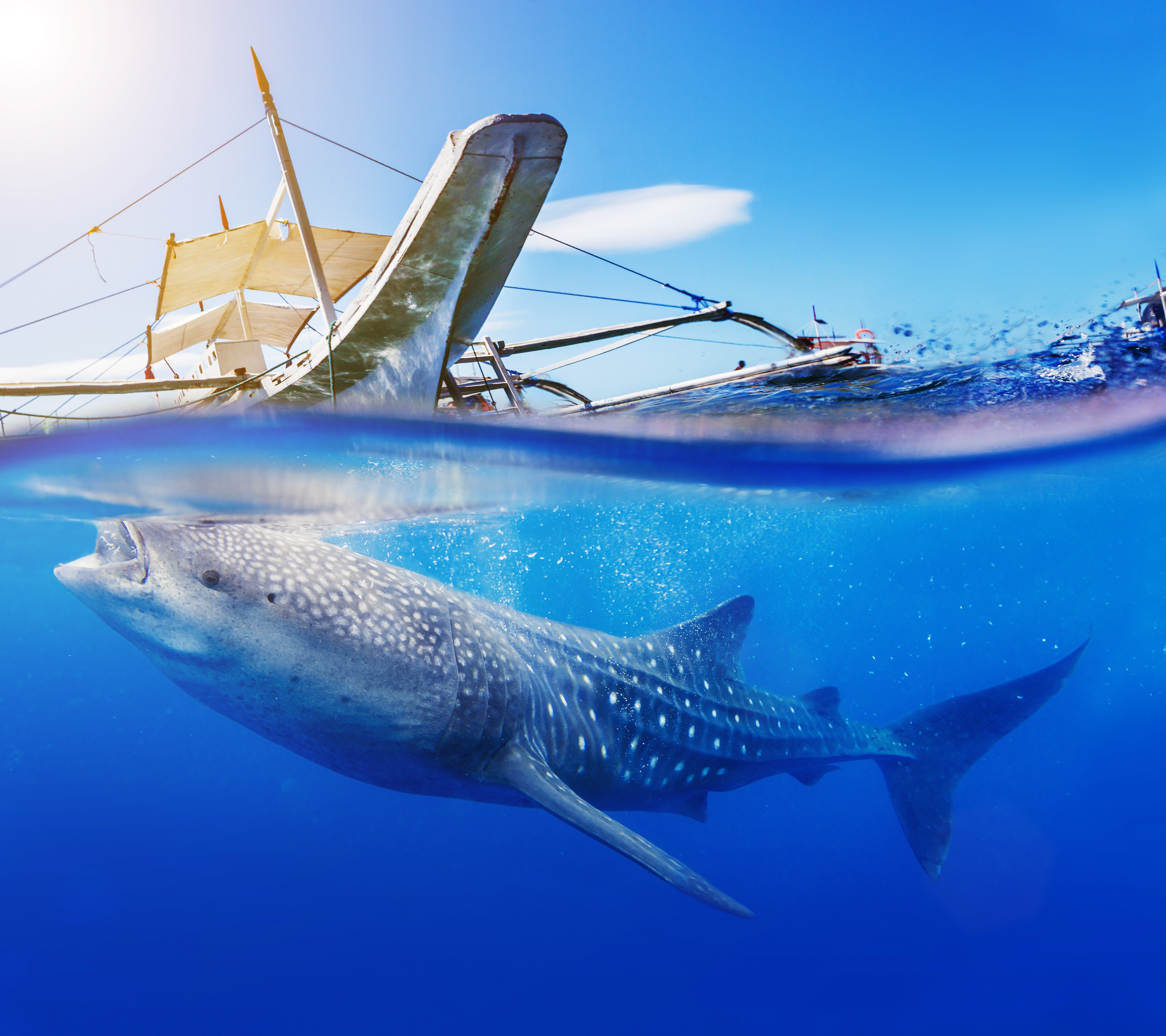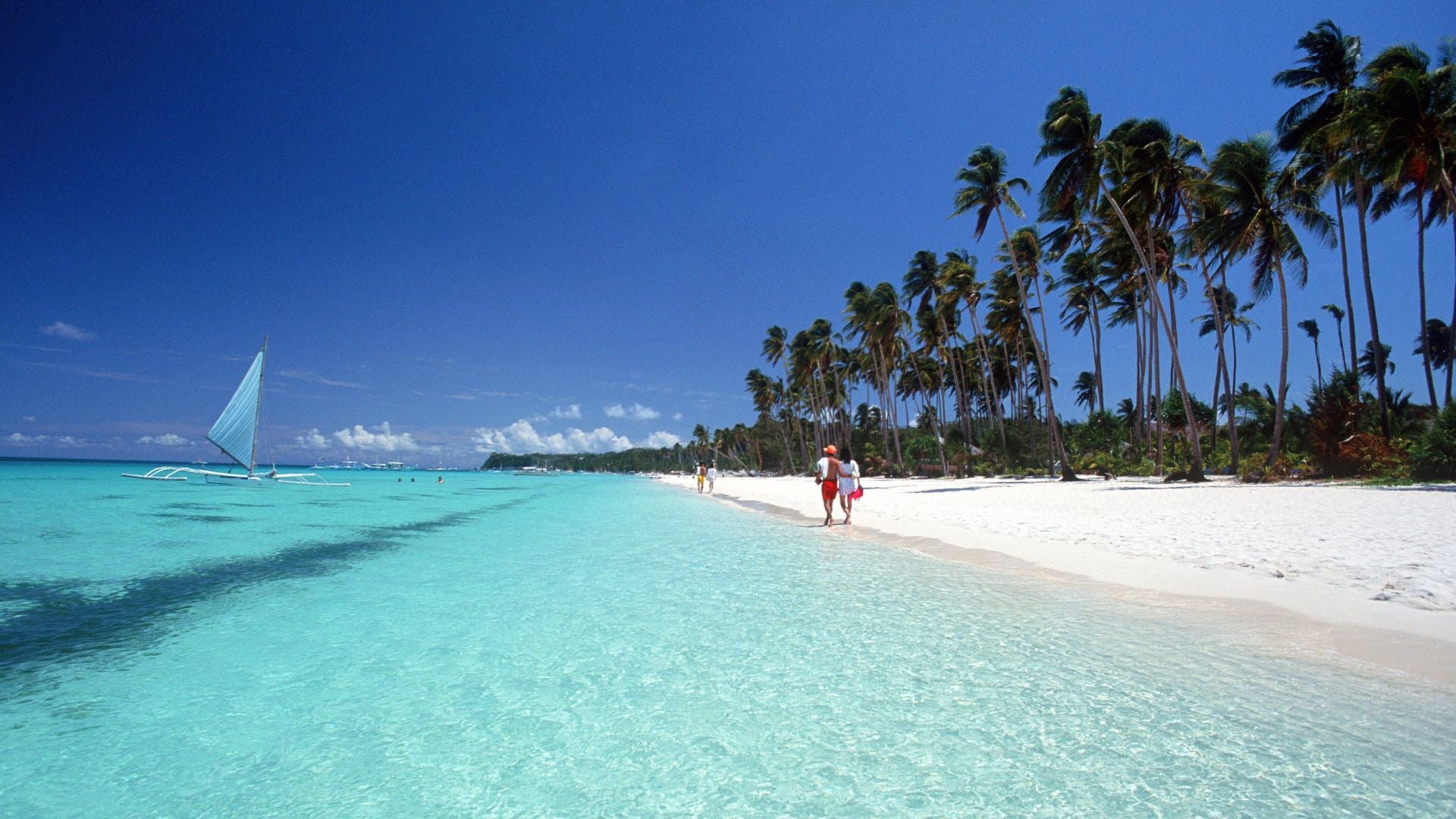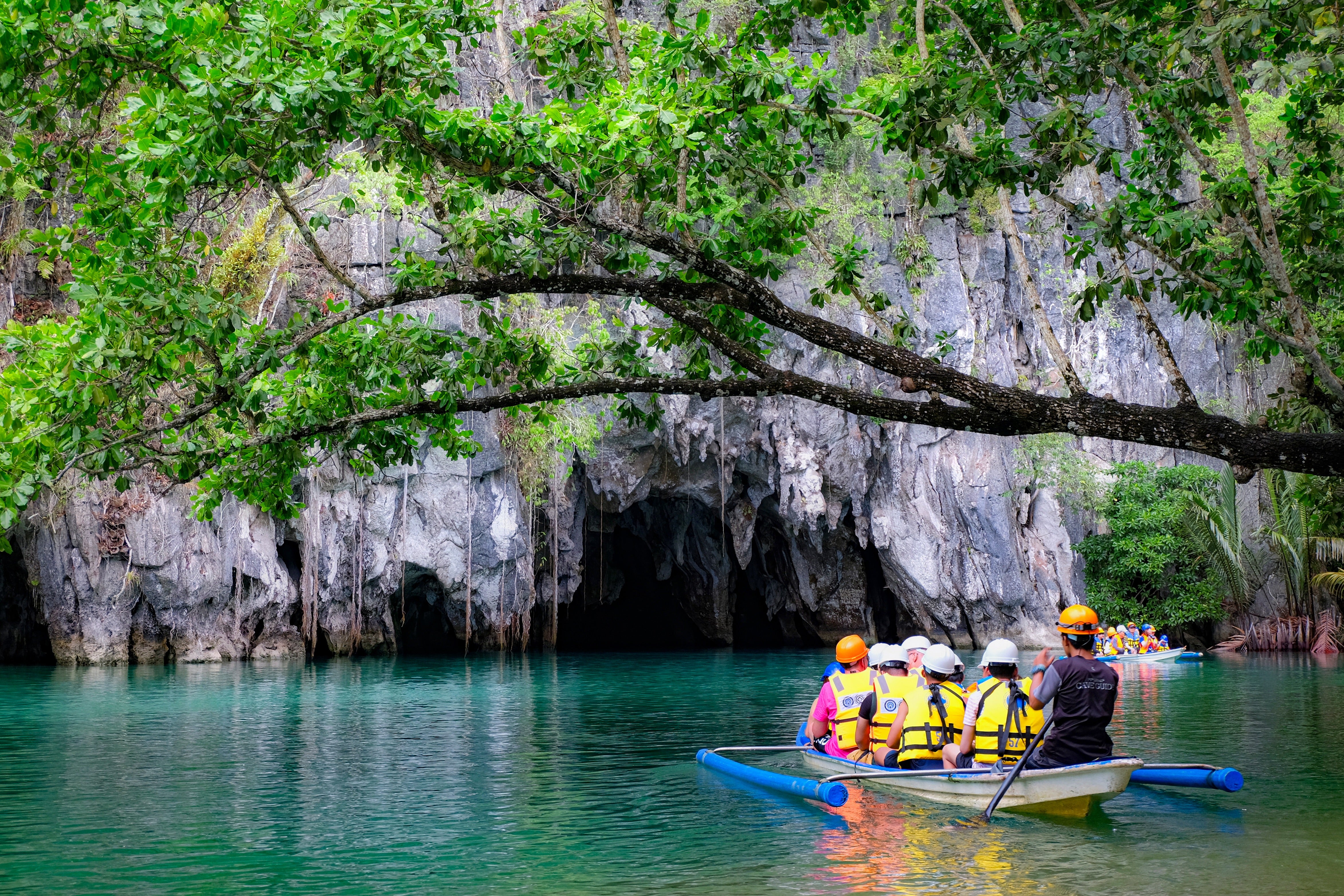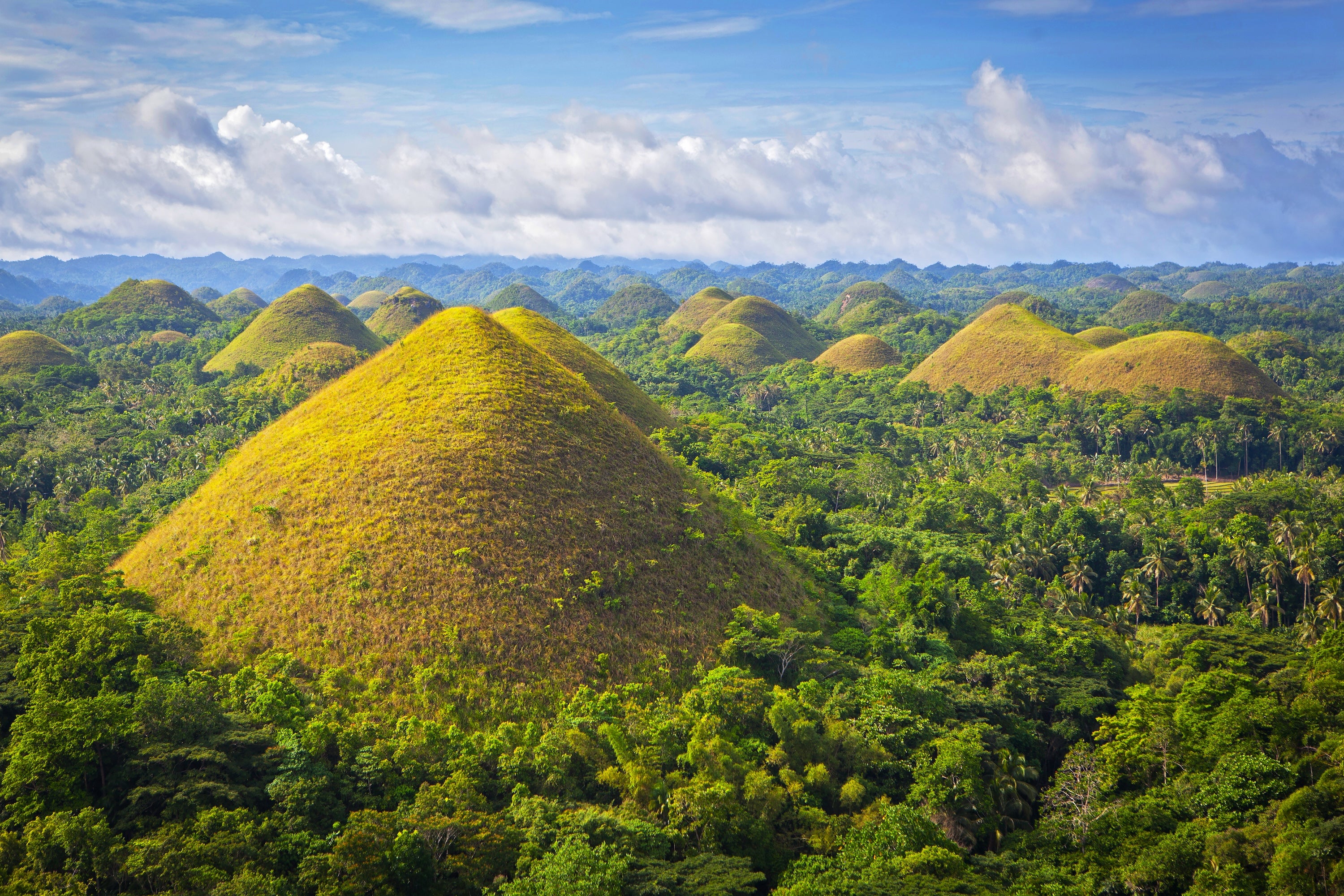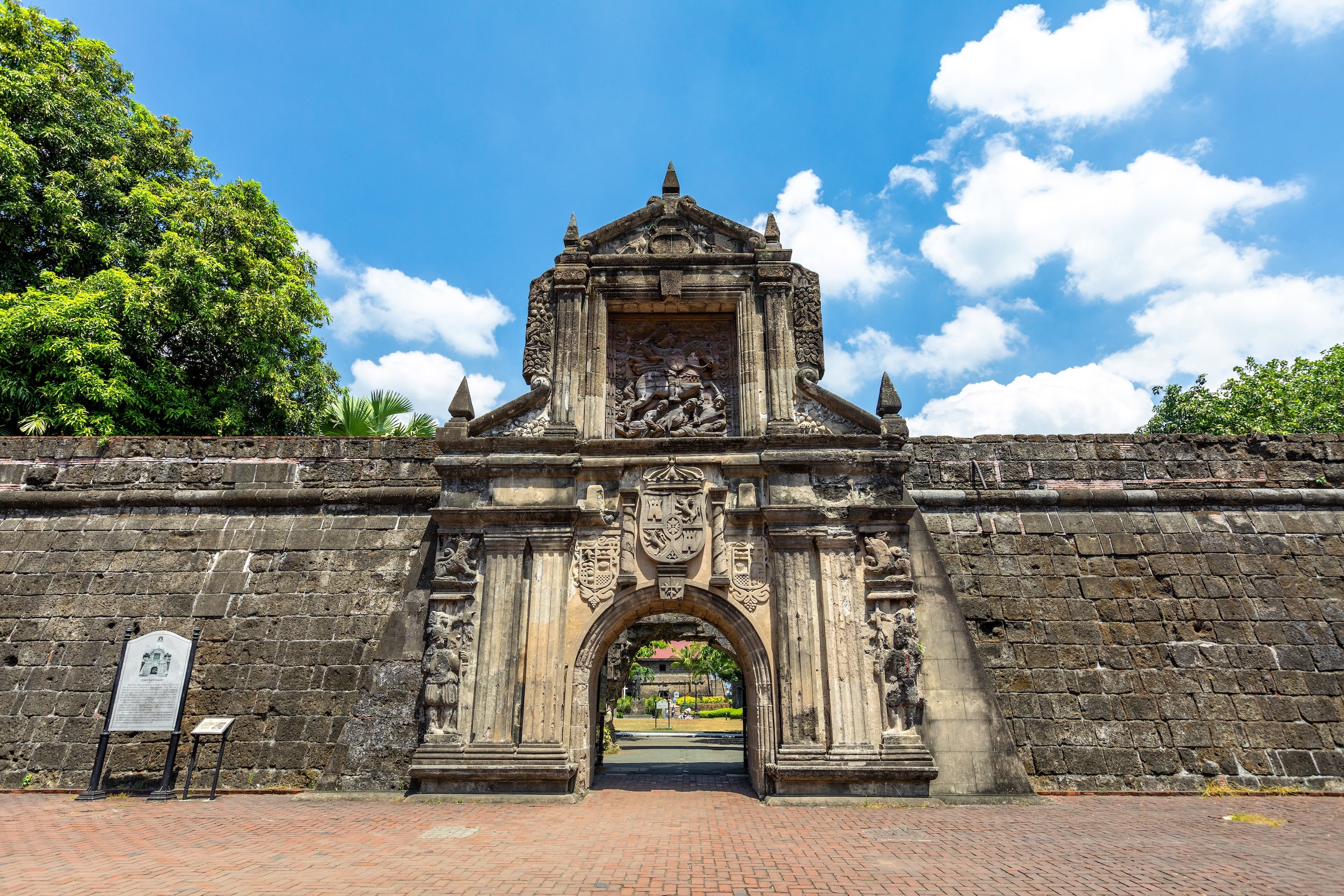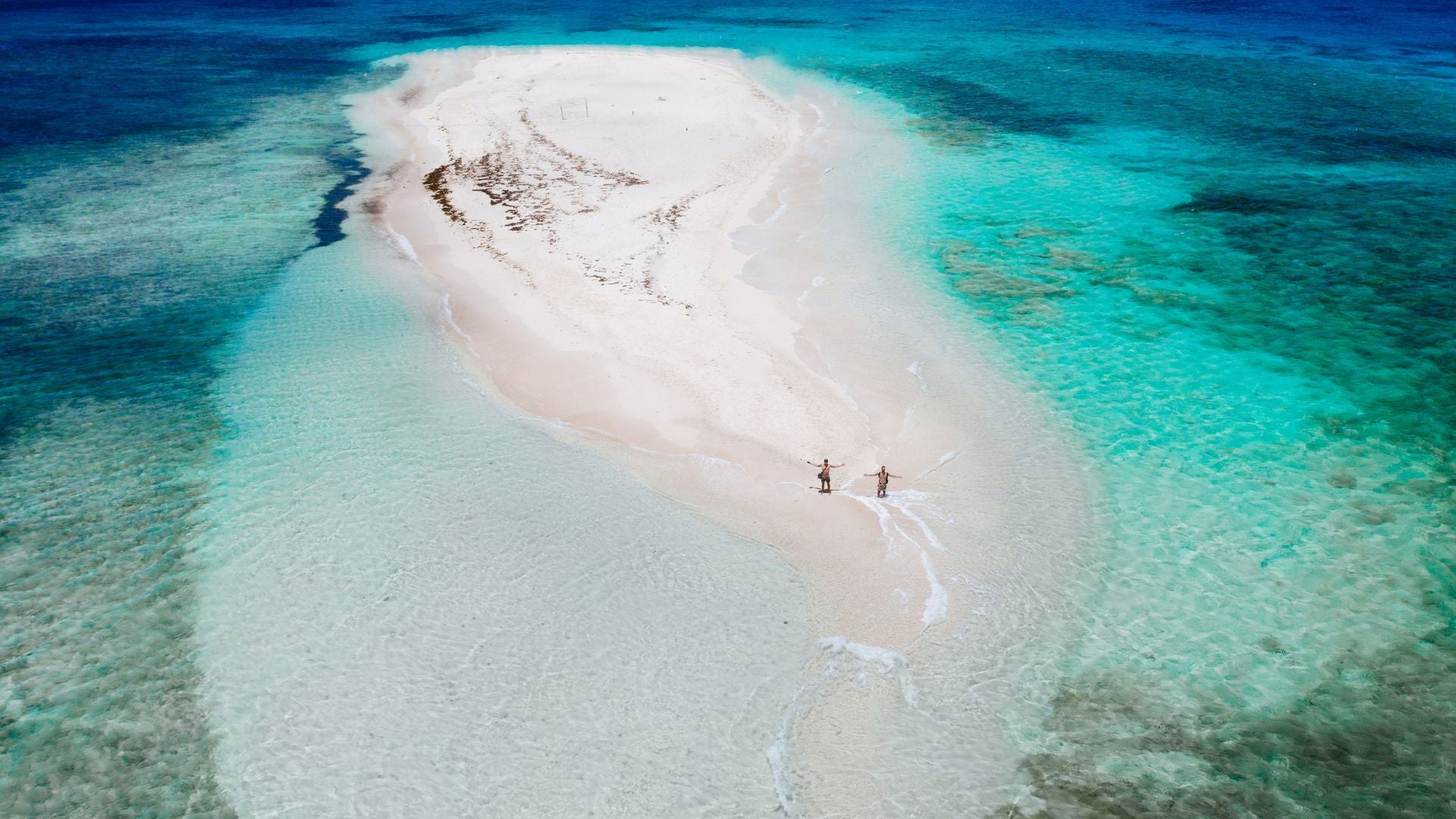Description
Summary
Description
Spend an 11-day scenic highlands tour across Apo Island, Mt. Pinatubo, Baguio, and Ilocos with this vacation package. This trip is perfect for those who like to go snorkeling and trekking to the majestic spots in the Philippines. For your convenience, it already includes roundtrip flights from Manila, land/ferry transfers, and accommodation.
Tour around the historical attractions in your first destination, the walled city of Intramuros. You will enter grand facades, fort ruins, and ancestral structures. Afterward, you will head to Marcos Museum in Ilocos Norte to see the cenotaph of former President Marcos. Then, stroll along the iconic Calle Crisologo in the UNESCO World Heritage City of Vigan.
Continue your vacation up north in the breathtaking town of Banaue, home to the famous rice terraces. Learn about Ifugao tribes while marveling at the treasured jewelry and weapons in Banaue Museum. Then, head next to the City of Pines, Baguio. Various outdoor activities await you at Camp John Hay, a former US military base.
At the view deck of Mines View Park, you can capture Benguet mountain ranges from afar. You will also witness old Itogon mines. Before leaving Benguet, don’t miss out on the chance to pick fresh and sweet strawberries at the 79-hectare La Trinidad Strawberry Farm. Afterward, you will traverse the terrain to Mount Pinatubo while riding a 4x4 vehicle.
You will head back to Manila, where you’ll board a plane to Dumaguete, the City of Gentle People. Explore Silliman University, the first American-Protestant University in the Philippines and Asia. Then, swim with sea turtles at the pristine seascape of Apo Island.
Go snorkeling and trekking to reach the breathtaking attractions in the Philippines when you book this 11-day tour to Apo Island, Mt. Pinatubo, Baguio, and Ilocos from Manila. Check availability by choosing a date.
